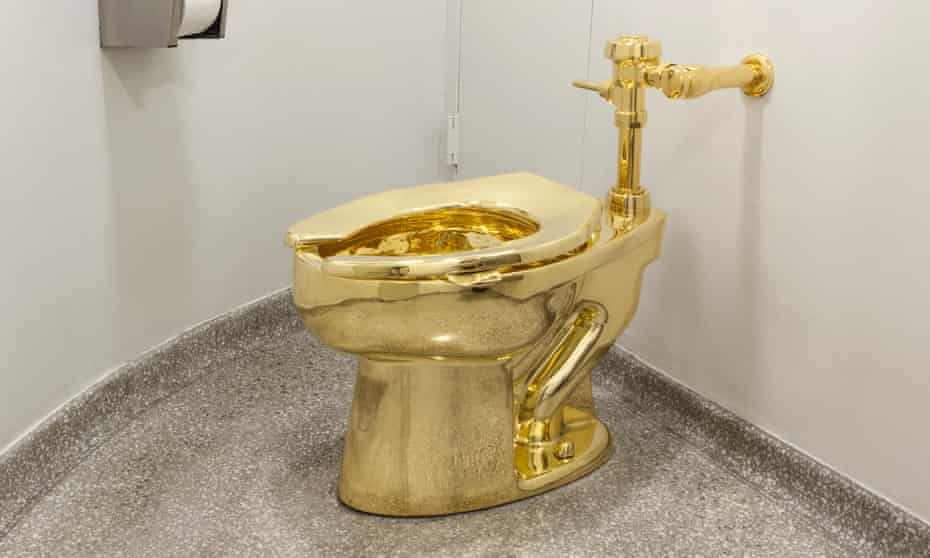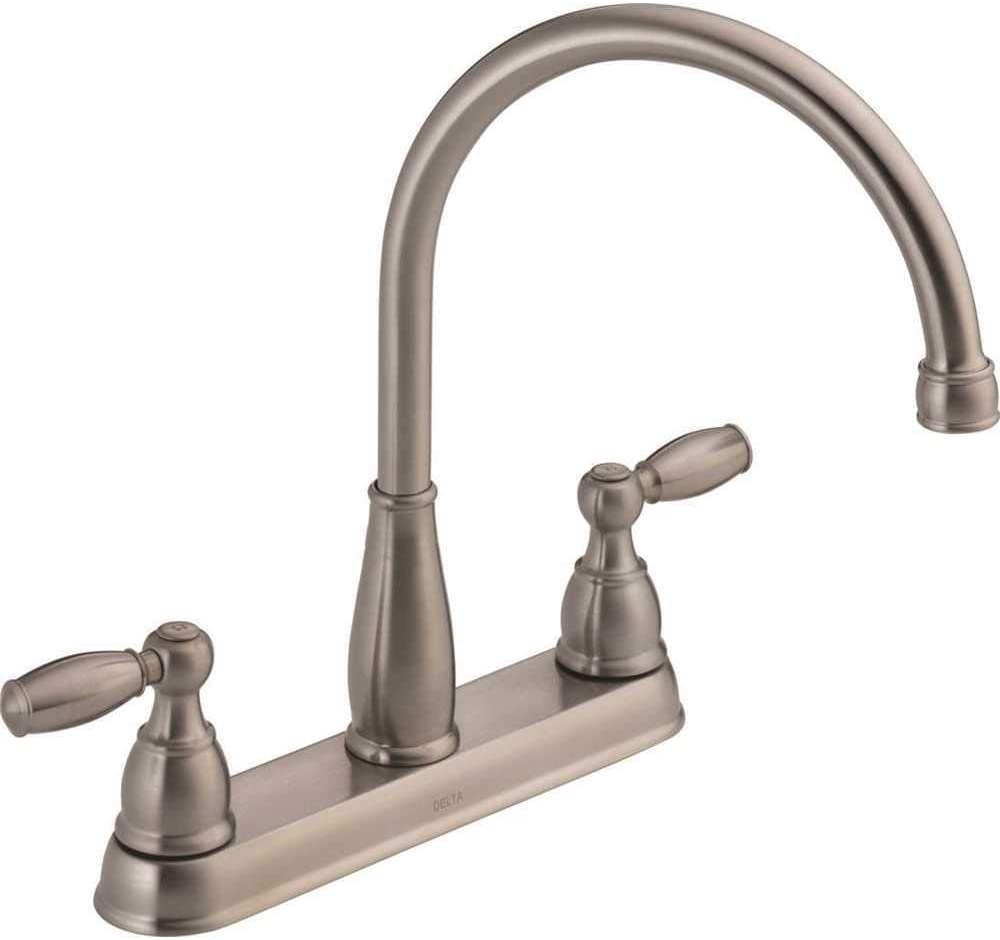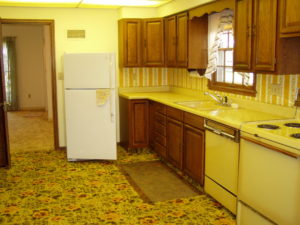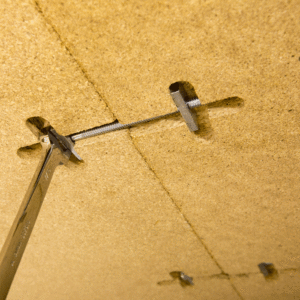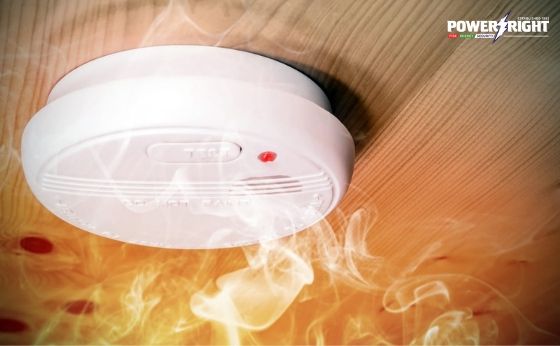
Finding the best smoke detector for a rental property is daunting. I have struggled with this a couple of times due to the rapidly changing technology in this space, and the ridiculous price increases have been seen as well. So, here is a checklist of features to consider along with our recommendation for the best smoke detector for rental properties.
Local Smoke Detector Rules Vary
Municipal codes vary for how many and what type of smoke alarms, and possibly carbon monoxide alarms, are needed through each dwelling unit. This article will be written with basic practices in mind, and leave it up to the reader to find the nuances of their local fire codes. This is the top item in occupancy inspections, so getting it right will keep the inspector happy.
Two Types of Smoke Alarms
According to the United States Fire Administration, there are two main types of smoke alarms using two different types of detection, photoelectric and ionizing. This is beyond the scope of this article to explore the differences, but I can say that results are inconclusive on which type is better. Proper placement of the detector, regardless of type, will be your best bet for catching fires early.
What About Carbon Monoxide Detectors?
Carbon Monoxide is a by-product of the combustion of methane gas. It can be issued by gas fireplaces, furnaces, water heaters, and any other source which uses a gas fire. The buildup of CO can result in carbon monoxide poisoning, which is fatal, sneaky, and preventable. Usually, municipalities will require at least one detector on each floor. These can be a separate detector or combined with the smoke detector. Either way, they are required if you have gas appliances anywhere in the building. Keep reading to see how our recommended smoke detector deals with this.
Proper Placement of Smoke Detectors
Each municipality will have its own guidelines on the placement of smoke alarms, and they can be strict about it. I once had to move a detector 6 inches to comply… Since they have put the thought into this area and made the rules, we aren’t going to. Follow their guidelines and put them where they want you to. One thing to keep in mind though. Some municipalities will not allow combined Smoke/CO detectors. Check this first, because I recommend a combined detector if allowed. Less clutter, less stuff to break/replace.
Best Battery Type in a Smoke Detector
In the last five years, lithium backup batteries have arrived on the scene and changed the game for some alarms. This is the same battery that your cell phone uses, now in your fire prevention. Why do we care? Because these batteries are supposed to work for TEN YEARS!
Benefits of the Lithium Battery in Smoke Detectors:
- No battery swaps for the tenant. This reduces the touchpoints on vital safety equipment in your building.
- No chirping smoke alarms. Tenants frequently won’t replace the battery anyway, and instead, let them chirp incessantly. This reduces the appeal of your building and can lower your rents.
- The battery backup runs out when the detector expires. So nobody has to touch the battery until it’s time to put up a new one!
- No more replacing the battery yourself when the tenant didn’t! If you replace it half the time (once per year) that’s about $40. If you have to pay a handyman to tackle the battery, that goes up significantly.
Downfalls of Lithium Batteries in Smoke Detectors:
- The upfront cost of the unit is higher. This can be lowered by buying enough for your whole building, or multiple properties at once. Combine that with the reduced cost of the batteries over the years, and you can easily break even.
- If the unit decides to malfunction, there is no stopping it. No battery to take out, just a permanent disable switch… Some have a guarantee which can help you with the cost of the new unit, but you obviously have to keep the receipt, which can be problematic.
What About Wired Smoke Alarms?
I highly suggest installing wired smoke detectors if you are doing a full gut rehab on a building. I doubt it is cost-effective in a cosmetic rehab. The hard-wired alarms don’t rely on the battery for power, but for backup power. This is still a huge deal because these only chirp at night for whatever reason. So, even with hard-wired smoke alarms, I suggest the lithium backup battery for ease of use.
What is the Best Smoke Detector for Rental Properties?
After all that explanation, here are my recommendations for smoke detectors for your rental property. I suggest KIDDIE detectors for one reason, consistency. These detectors stay the same shape, and use the same mounting plate (and plug type, for wired detectors) for at least 10 years now. Just take one down, click the next detector in its place and you are good to go. They also install in about 5 minutes.
Wired Combo Lithium Detector

What If I Need a Ground Level Carbon Monoxide Detector?
Some areas are now requiring CO detectors to be at ground level since CO is heavier than air. In that case, use this Hardwired Smoke Detector with Lithium Backup.
Best Battery Smoke/CO Detector?
This detector is my favorite for rental properties in our area. The buildings here are almost always over 100 years old, so wired detectors aren’t available. Having a Lithium battery powered detector means the tenant never touches it, which is always good for the life of anything in your unit.

